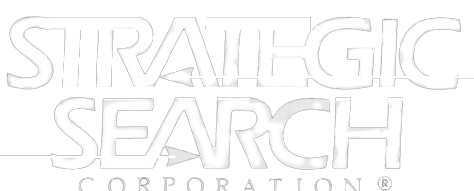
Recruiting technical, engineering, scientific, R&D (research and development), IT (information technology) and manufacturing candidates is getting a lot more difficult! Employers spent 4% more on wages and benefits last year as workers received increased pay raises in a tight labor market, rebounding economy and period of accelerating inflation, marking an increase unseen since 2001.
The U.S. employment-cost index—a quarterly measure of wages and benefits paid by employers—showed that labor costs continued to rise at the highest rate in almost two decades. Moreover, the Labor Department announced 678,000 new jobs added in February. This was a catalyst for the unemployment rate dropping to 3.8% and job recruiting getting a lot more difficult!
Moreover, investors and Federal Reserve policy makers are now considering the labor market to be near full employment, even though the economy has only recovered about 84% of the jobs it had before the pandemic. The labor force has shrunk, and with the unemployment rate now below 4%, there is a lot more talent demand than candidate supply. These further strain recruiting efforts at staffing departments in many fields.
Wages are rising quickly in varied parts of the economy, from high-paying finance jobs to lower-paying restaurant and manufacturing positions. For example, many of our high technology clients involved in cutting edge fields such as AI (artificial intelligence), VR (virtual reality) and AR (augmented reality), robotics and IoT (Internet of Things) are adjusting their normal recruiting efforts to compensate.
This may include higher salaries, sign on bonuses, greater stock options and even hiring more older and retired workers. All being done to energize recruiting efforts to more quickly secure top talent.
However, employment costs are rising at uneven rates in different industries, depending on the demand for labor. During the summer, airplane manufacturers and their suppliers saw labor costs jump by 7% in the third quarter, and they rose a further 0.5% during the fourth quarter.
At Tool Gauge, a Tacoma, WA. based parts manufacturer primarily for Boeing Co. aircraft, the head count dropped from around 220 employees before the pandemic to 84 at the low point. Now, with 95 employees, the company is trying to increase staff to address a backlog of work. “If we had a magic wand, we’d immediately onboard at least another 15 workers,” said Jim Lee, Tool Gauge’s general manager.
As a result, Gauge has turned to previously retired workers and started to allow them part-time work, just to get more hands-on deck. Mr. Lee said he recruited one retiree during a chat at a marina. The former employee decided to come in three days a week so he could add more money to spend on his boat, a retirement passion.
The company has raised wages for entry-level employees from $15 to between $16 and $18. That required them to adjust salaries for nearly everyone else too, other than a few managers. Combined, the company has had a half-million dollar increase in payroll costs.
They are currently in negotiations with their customers about factoring those cost increases into future contracts.
“My concern is that we don’t know when this hyperinflation for labor costs will end,” Mr. Lee said.
Strategic Search Can Improve Your Recruiting Process
To learn more about how Strategic Search Corporation can assist your recruitment efforts during these difficult recruiting times click here for my full contact information or call me today at 312-944-4000. Then we can discuss how to improve your staffing process and results.




